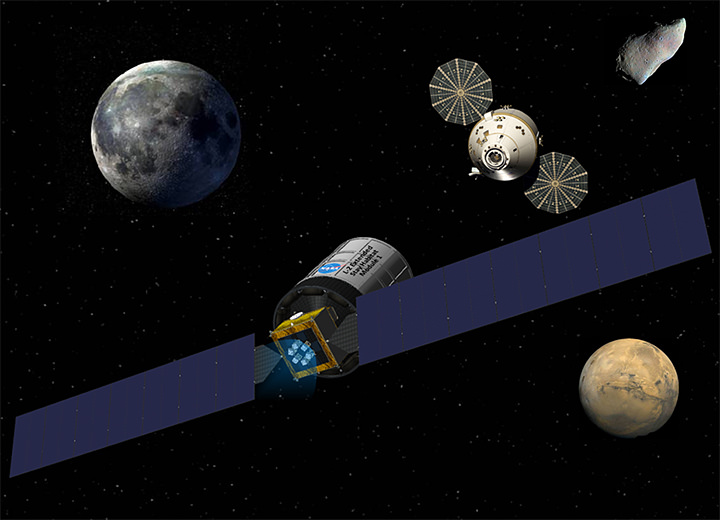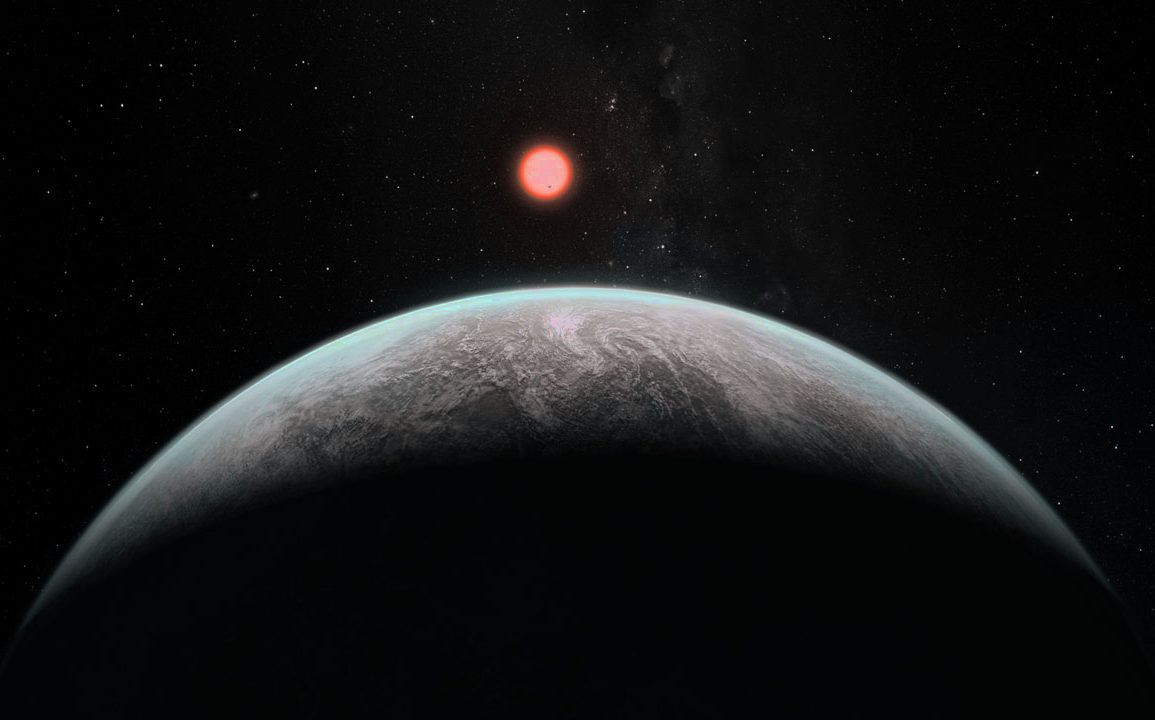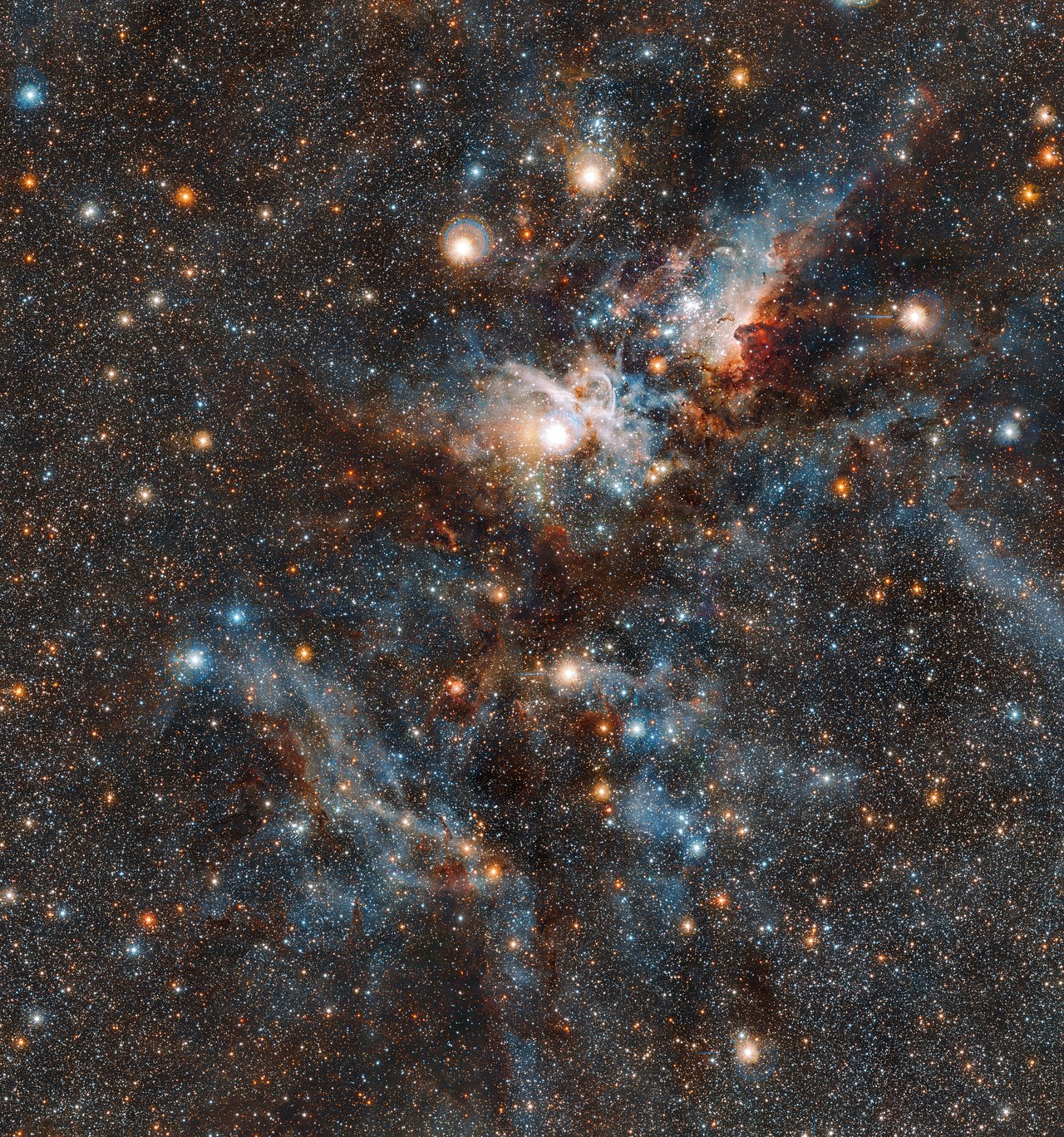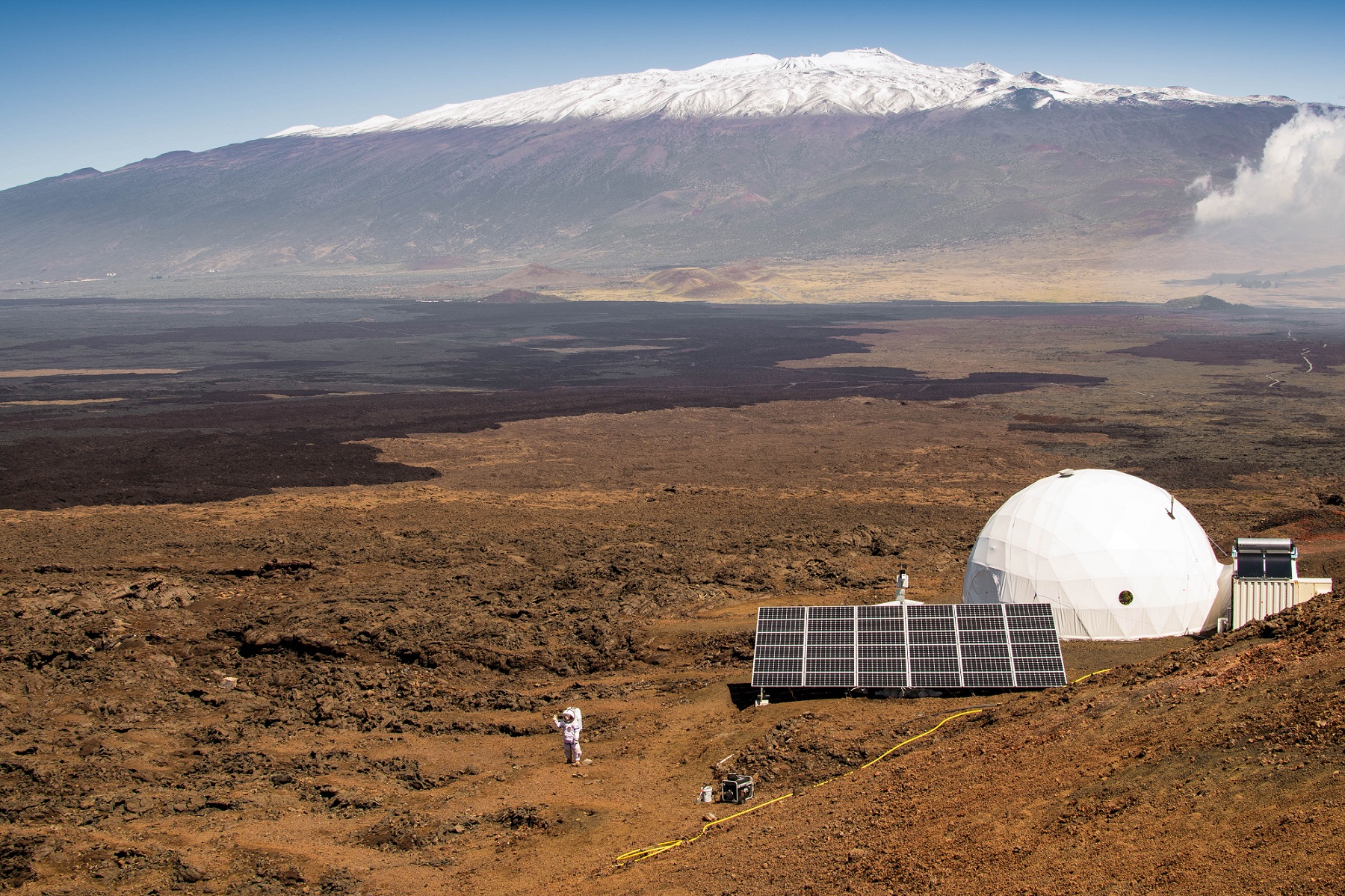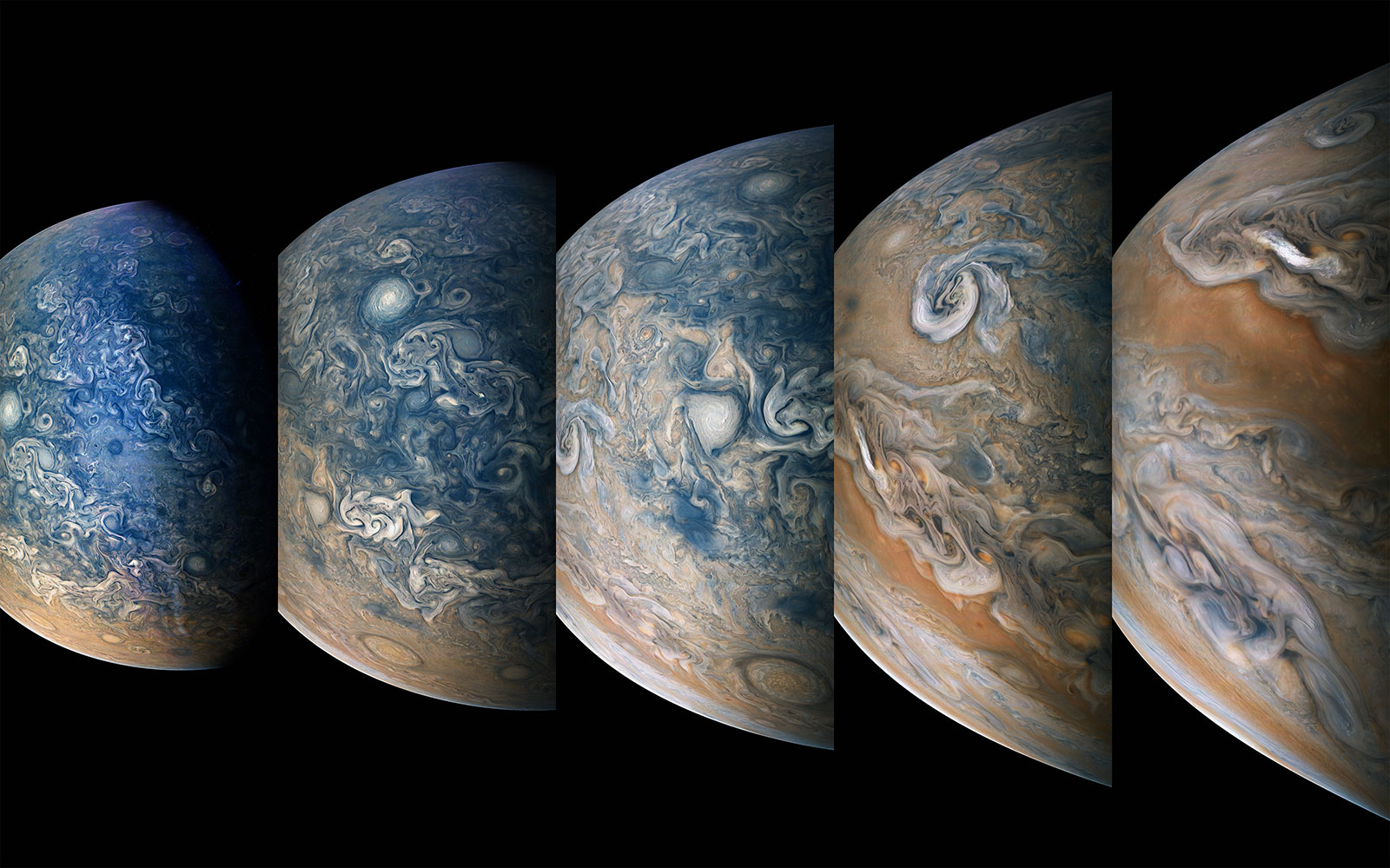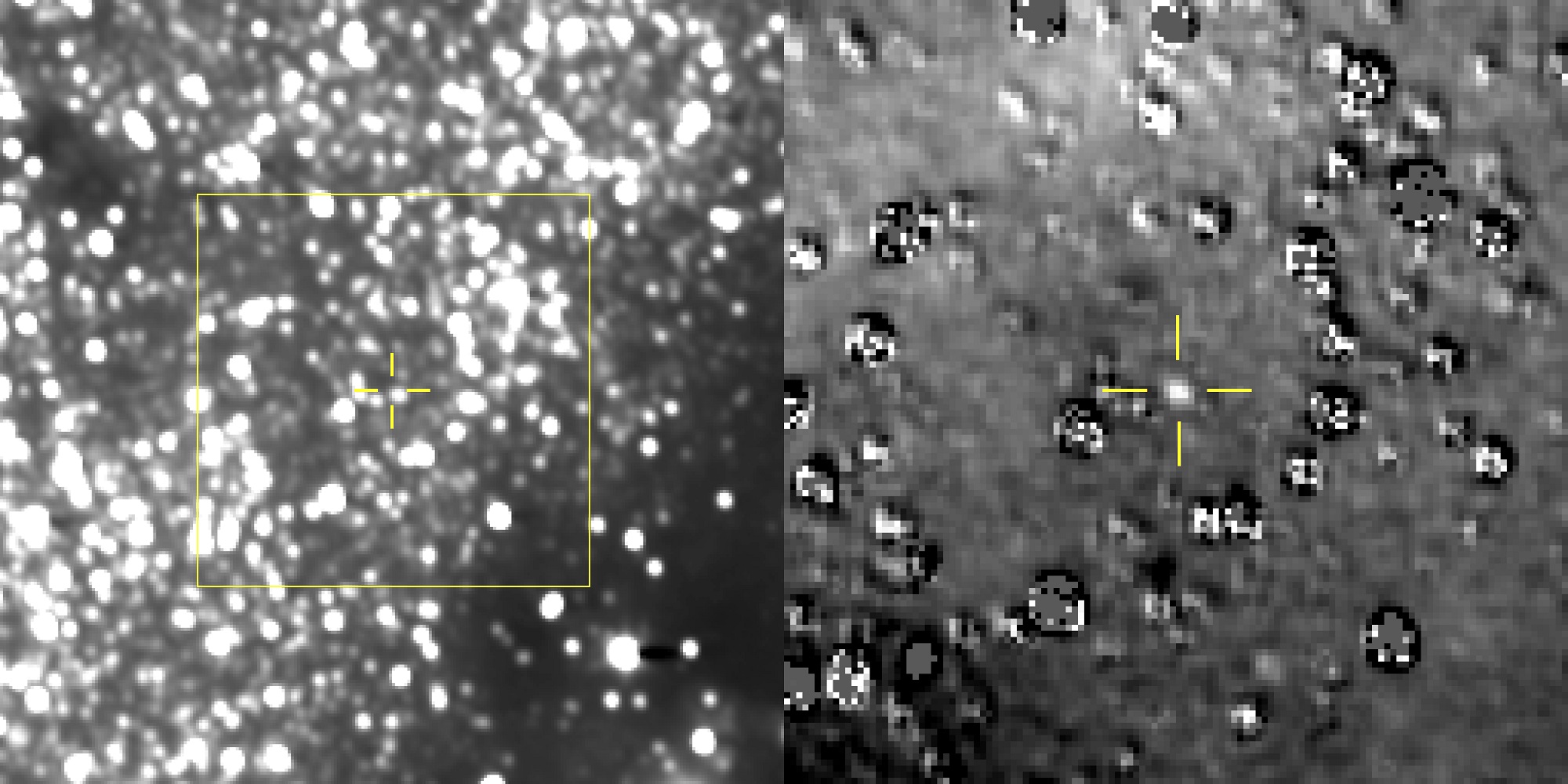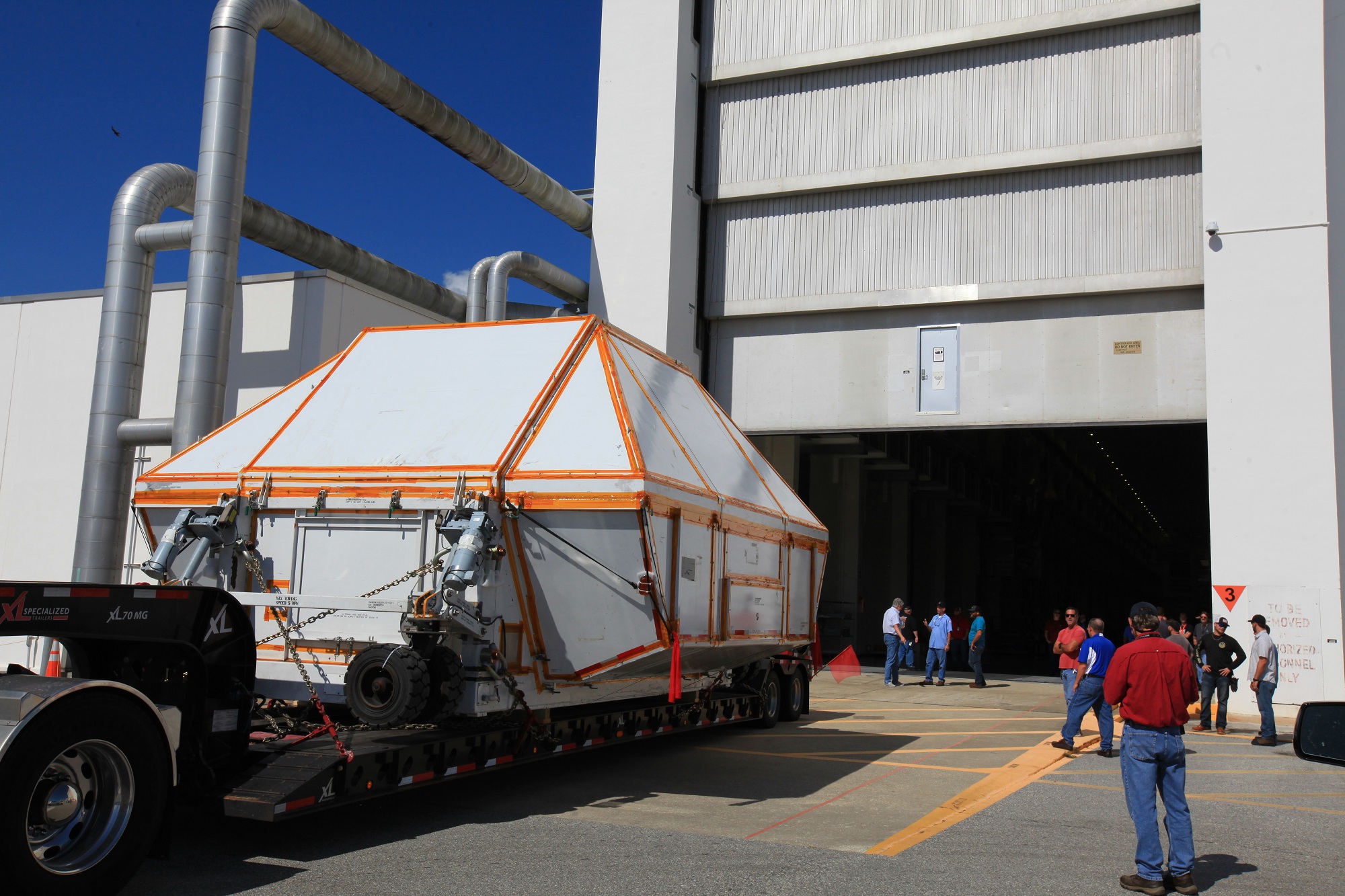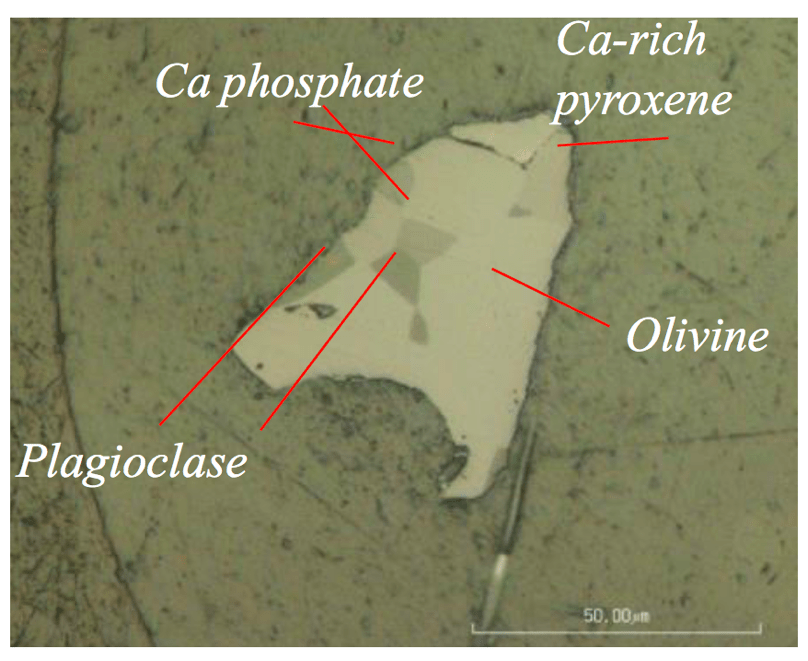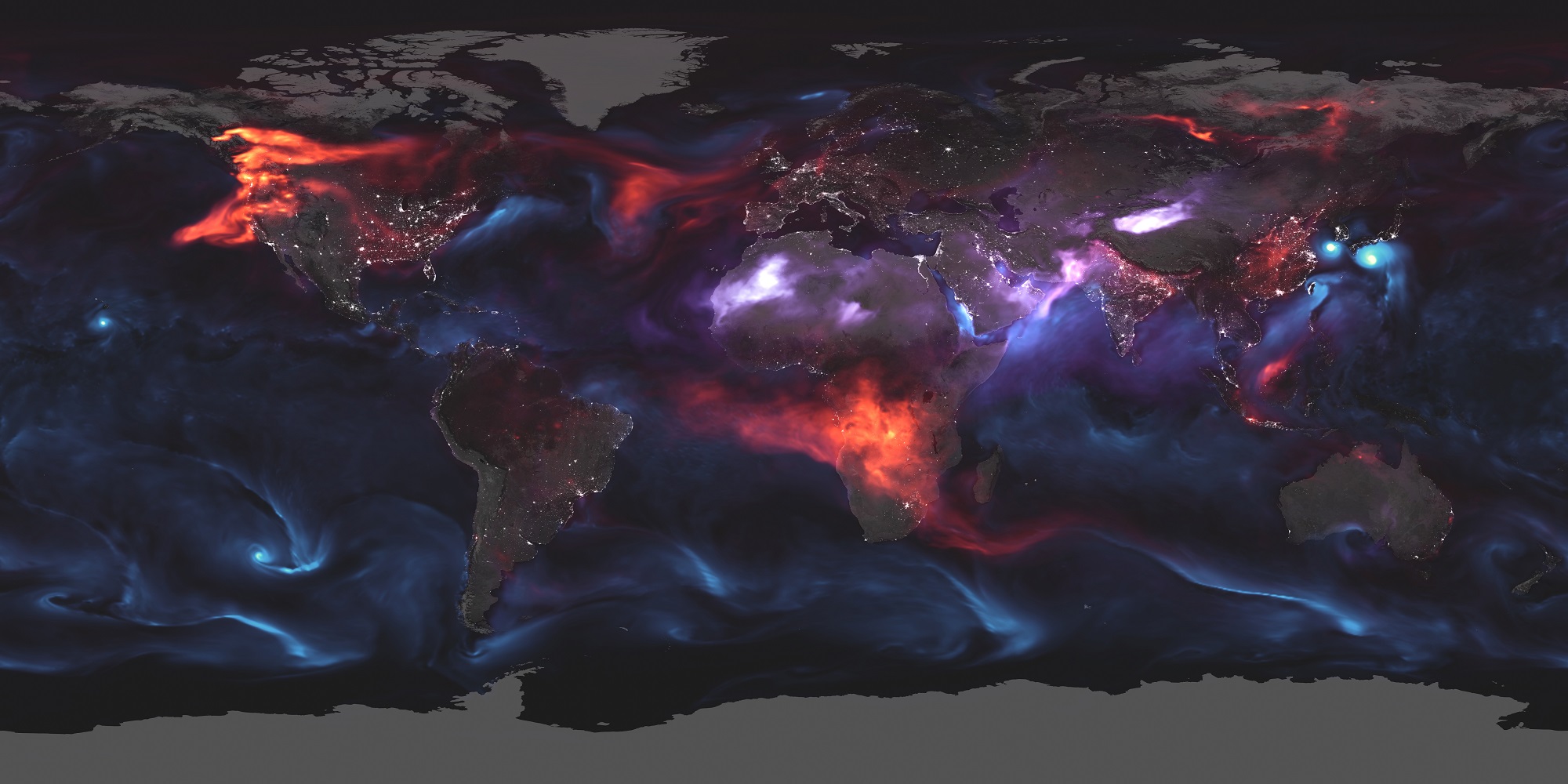The question how life began on Earth has always been a matter of profound interest to scientists. But just as important as how life emerged is the question of when it emerged. In addition to discerning how non-living elements came together to form the first living organisms (a process known as abiogenesis), scientists have also sought to determine when the first living organisms appeared on Earth.
Continue reading “Estimating When Life Could Have Arisen on Earth”


